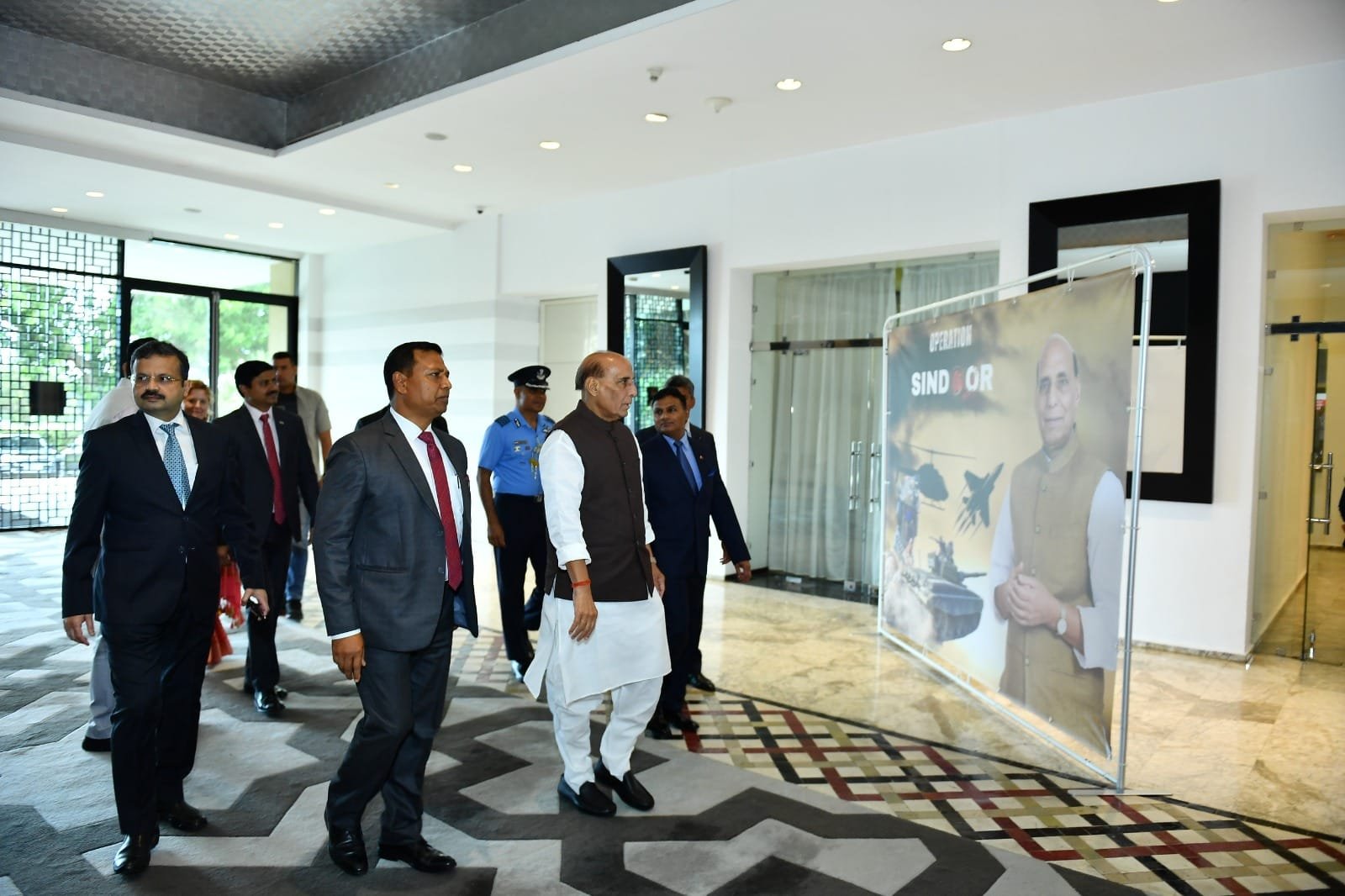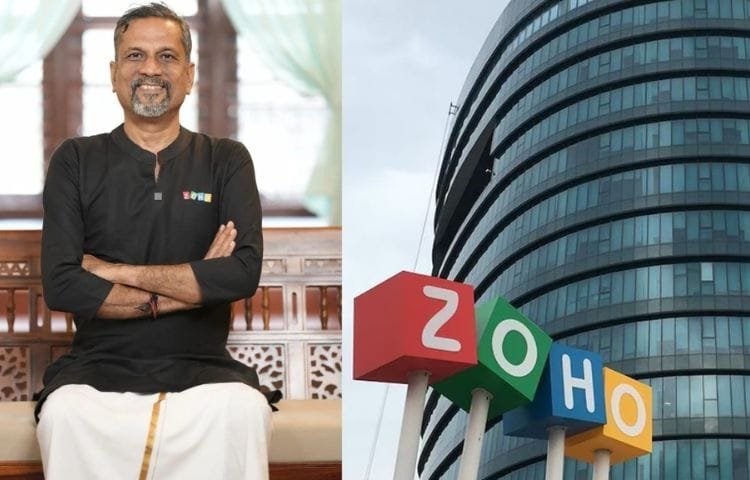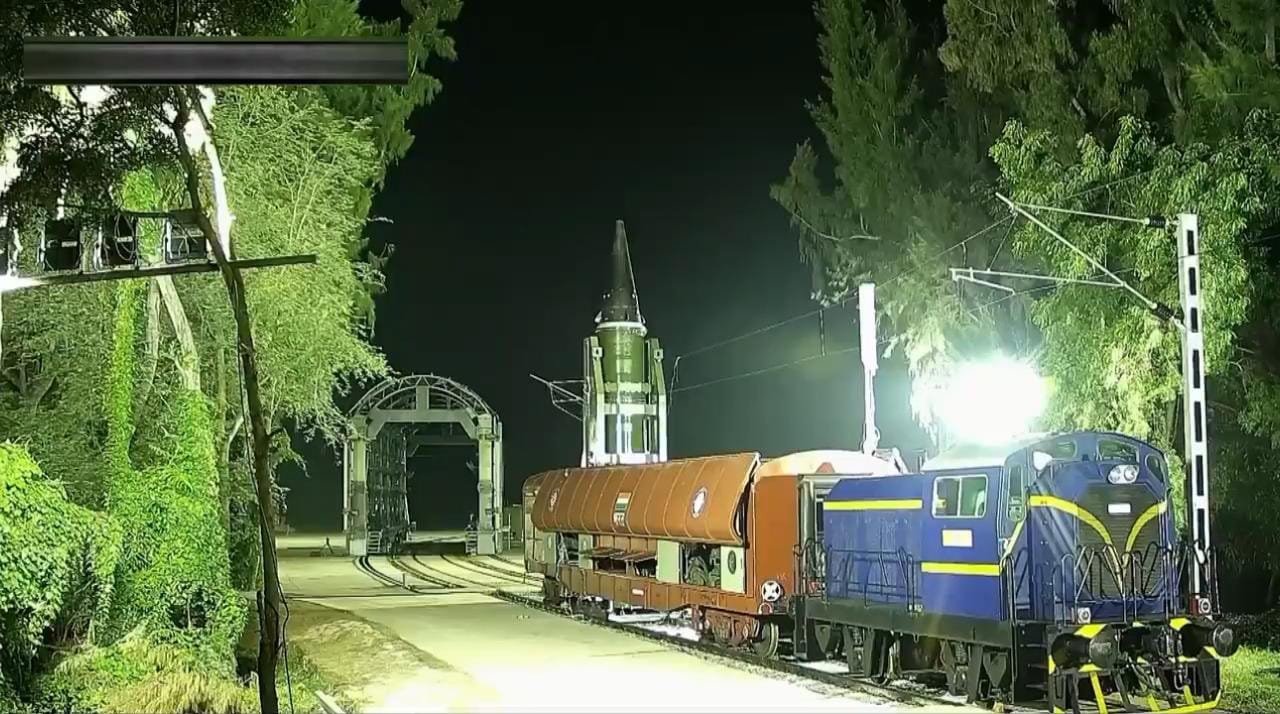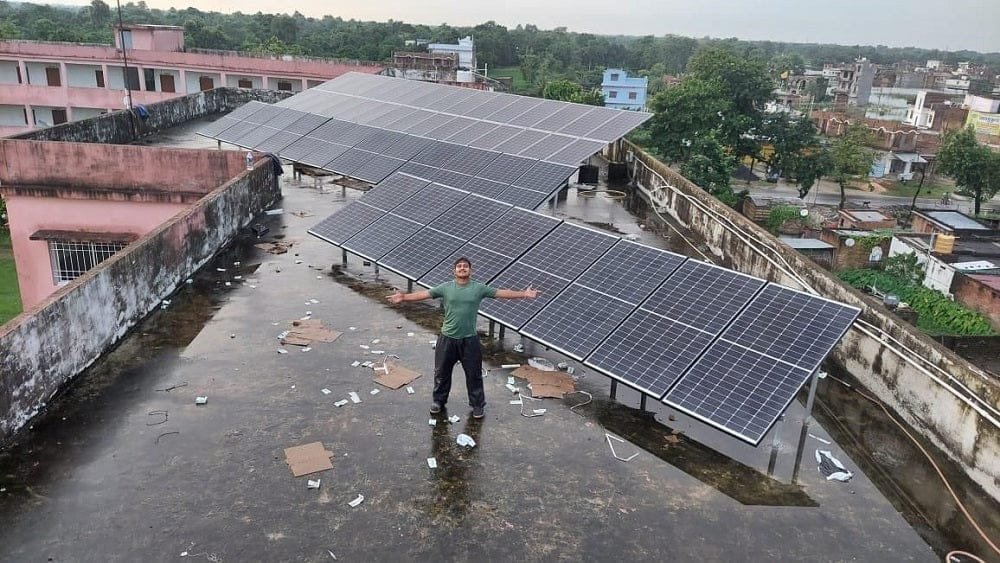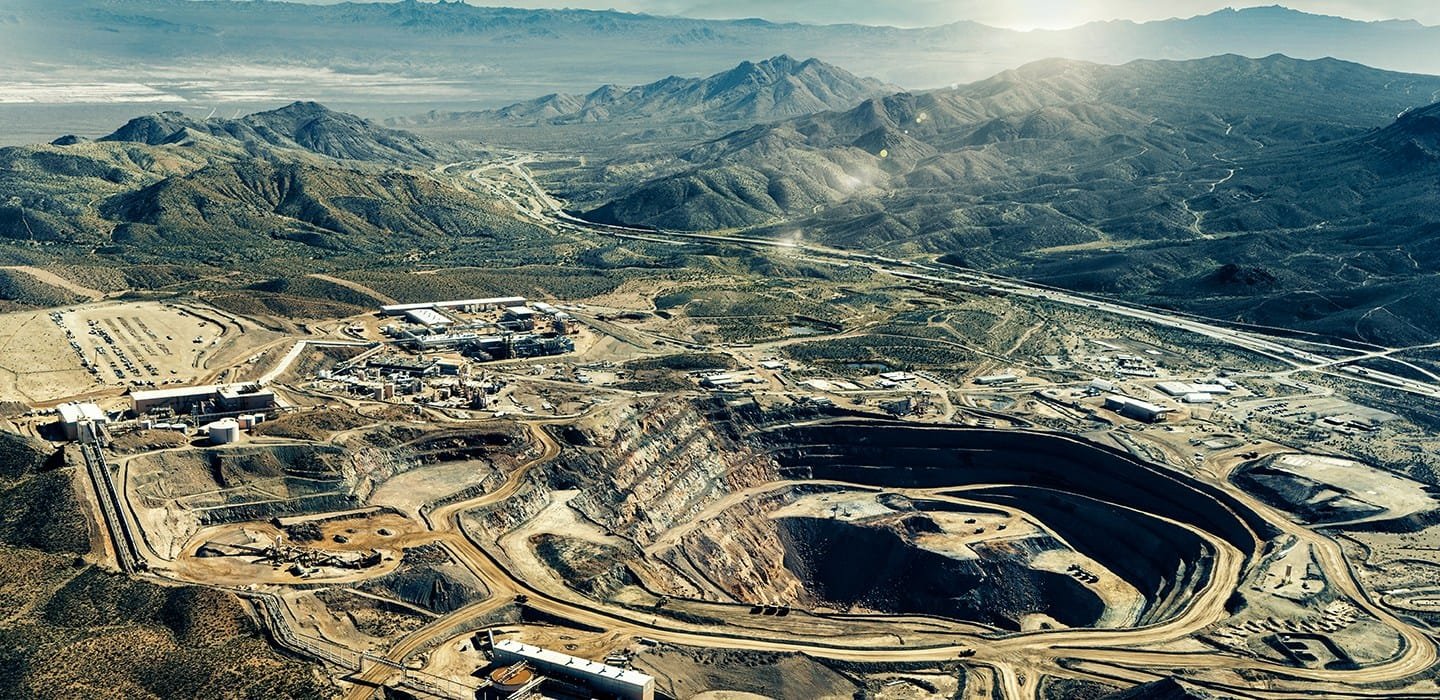India has taken a landmark step in its defence industrial journey. Tata Advanced Systems Limited (TASL) has announced the establishment of India’s first overseas defence manufacturing facility in Berrechid, located in Morocco’s Casablanca-Settat region. The plant will produce the Wheeled Armoured Platform (WhAP 8×8), a next-generation combat vehicle jointly developed by India’s Defence Research and Development Organisation (DRDO) and Tata.
This initiative is more than an industrial expansion—it marks India’s strategic entry into Africa, strengthens defence diplomacy, and reflects the evolution of the Self-Reliant India (Atmanirbhar Bharat) vision on a global scale.
Technical Aspects of WhAP 8×8
The WhAP 8×8 is a versatile and modular wheeled armoured vehicle designed for both domestic and export markets. Its technical features underline why Morocco was chosen as the first hub for overseas production:
Design & Modularity: Built on an 8×8 drive configuration, the WhAP can be configured into multiple roles—troop carrier, reconnaissance vehicle, command post, or anti-tank platform.
Weapons Systems: It can be equipped with a 30mm auto-cannon, 7.62mm machine gun, and Anti-Tank Guided Missiles (ATGM). A Remote Weapon Station (RWS) option enhances crew safety.
Protection: Certified to STANAG Level 4, it can withstand 14.5mm armour-piercing rounds and features a V-shaped hull to protect against mines and IEDs.
Mobility: Despite its 24-ton weight, the 800hp engine enables speeds of up to 100 km/h on roads and 10 km/h in amphibious mode. Independent suspension and high ground clearance ensure rugged performance.
Technology Integration: Compatible with C4I (Command, Control, Communications, Computers & Intelligence) systems, night-vision devices, and modern sensors, enabling 24×7 battlefield capability.
With an initial production capacity of 100 vehicles per year, the Moroccan plant will begin with 35% local integration, rising to 50% over time.
Self-Reliant India on a Global Platform
The Morocco facility represents a new chapter in India’s Atmanirbhar Bharat (Self-Reliant India) campaign:
India is no longer confined to meeting domestic demand but is exporting indigenous defence platforms to the global market.
DRDO’s R&D and Tata’s manufacturing expertise showcase how India has transitioned from being a defence importer to a credible exporter.
This project extends the self-reliance model internationally, proving that Indian defence products can compete with established global players.
India’s Entry into Africa
Africa is a growing strategic frontier where India has steadily expanded its influence through trade, technology, and capacity-building. The defence plant in Morocco strengthens this trajectory:
Strategic Gateway: Morocco’s location connects Europe, North Africa, and Sub-Saharan Africa—making it a natural hub for regional exports.
Market Potential: Several African nations are modernizing their armed forces. India’s presence gives them an alternative to Chinese and Turkish suppliers.
Balancing Influence: China already dominates infrastructure and defence exports in Africa, while Turkey has aggressively marketed its armoured vehicles. India’s entry adds a third major player.
Why Morocco? The Strategic Significance
Morocco is a stable and strategically located country in North Africa. Choosing Morocco offers several advantages:
Geopolitical Stability: Unlike conflict-prone neighbours, Morocco provides a reliable base for industrial and defence cooperation.
Regional Hub: The country is well-connected to Europe, West Africa, and the Middle East.
Partnership Potential: Morocco’s modernization drive in defence aligns with India’s expertise in cost-effective yet advanced platforms.
Diplomatic Relations: India and Morocco already share cordial ties, and this defence cooperation will elevate the partnership to a new level.
Political and Diplomatic Dimensions
The inauguration of the facility was linked to Defence Minister Rajnath Singh’s visit to Morocco, highlighting the government’s proactive diplomacy. The political and diplomatic significance can be understood in multiple layers:
- Defence Diplomacy: Establishing a production unit abroad shows India’s willingness to be a defence partner, not just a seller.
- Soft and Hard Power: By providing affordable and reliable defence technology, India enhances its image as a responsible global power.
- Strategic Counterbalance: It signals to global actors—especially China and Turkey—that India intends to be an active player in Africa’s security architecture.
- Foreign Policy Alignment: The project fits into India’s broader Africa policy, which emphasizes development partnerships, technology transfer, and now, defence cooperation.
Growth Outlook
Export Ambitions: India has set a target to significantly increase defence exports by 2030. The Moroccan plant is a milestone toward that goal.
Industrial Scaling: Once established, the facility could diversify to produce other Indian platforms—such as armoured recovery vehicles, UAVs, or even artillery systems.
Employment & Local Benefits: The initiative will create jobs in Morocco and contribute to skill development, further deepening bilateral ties.
India’s first defence factory in Morocco is more than just an overseas production unit. It is a fusion of technology, self-reliance, diplomacy, and strategic foresight.
Technically, the WhAP 8×8 puts India in the same league as advanced armoured vehicle producers.
Politically, it cements India-Morocco ties and broadens India’s footprint in Africa.
Economically, it reflects India’s transition from being one of the world’s largest defence importers to an emerging exporter.
In essence, this factory is not just about producing vehicles—it is about producing influence, credibility, and partnerships in a rapidly changing global defence landscape.








